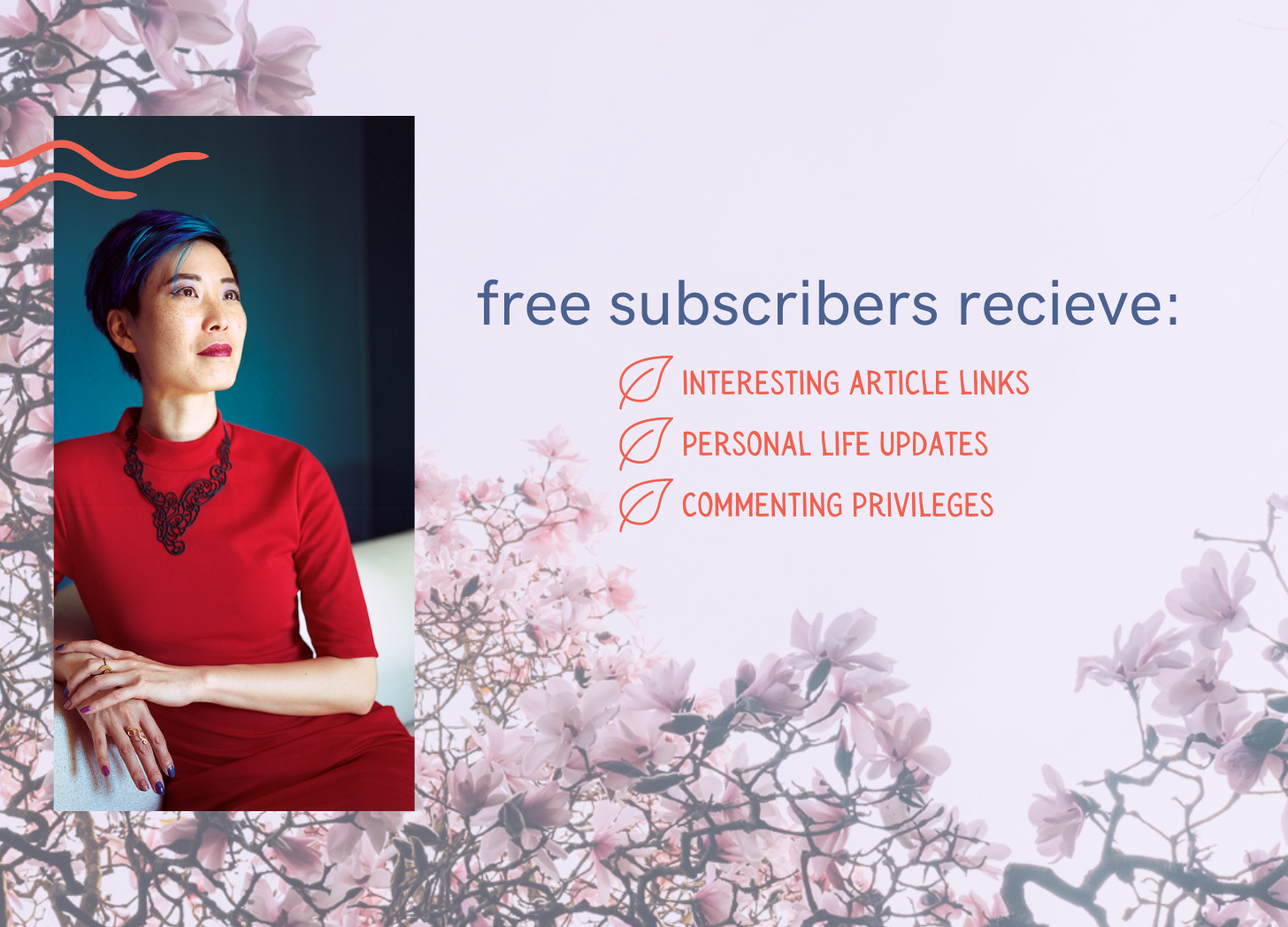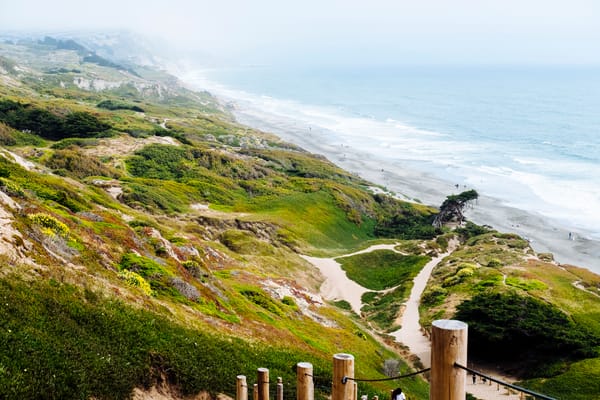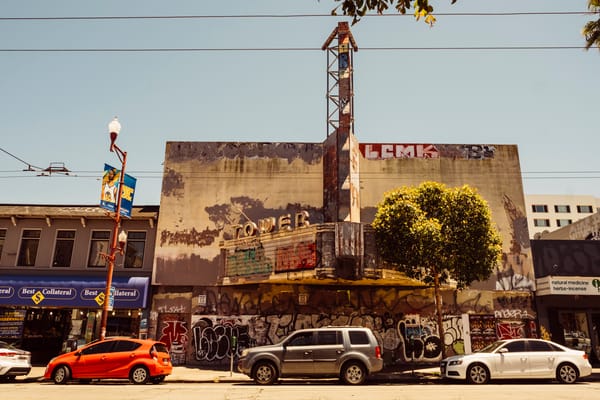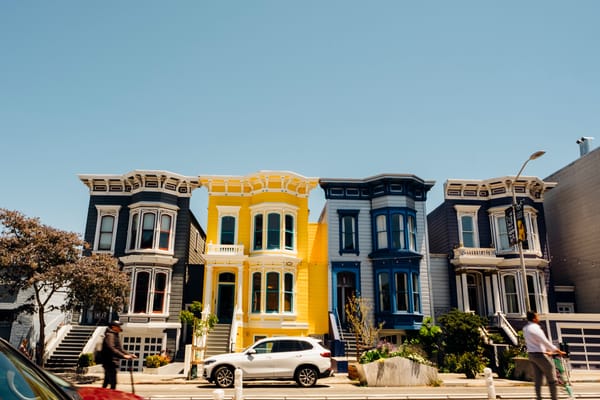A reflection on Season 1: Community


A reflection on Season 1: Community
Three months ago, I opened the season with an essay on what community means to me and for paid subscribers, five lessons I’ve learned along my community-building journey. I had ideas for stories and interviewees, and intentionally, I did not do a lot of planning. I’ve learned that my work is best produced through what comes out of my research and interviews. I don’t have a research phase that ends when I begin writing; it’s continuous and constantly morphing.
The word “community” gets thrown around a lot in the specialty coffee industry. The idea of dedicating a season to this theme was born out of the many angles that the coffee community has. I could write a newsletter only about this topic and not run out of stories. People I interview will often cite “the people” or “the community” as one of their main reasons for staying in this industry. Community and industry can co-exist.
The insidious part of “community” is that it gets conflated with “family,” and we know how that can go in the US. In an actual community, there’s mutual aid. But if you run a business or nonprofit, you have to make money in some fashion to stay upright. I do believe it’s possible to build wealth and community in a capitalist society, but I think we have to do it intentionally, slowly, and with eyes wide open.
This is where it goes wrong for some companies (depending on your definition of “wrong;” some would say this strategy works.). In tech, there’s this notion that you need to “disrupt” an industry. I really hate that word. You go in, guns blazing, ready to mow down whatever antiquated system exists, then build your product on those ashes. The language revolves around decks and KPIs and numbers (quantify everything!). Coffee community members who were hired for their expertise and professional connections are then laid off and left to grapple with the whirlwind pieces. We all start from somewhere and there’s the option to join without destroying. I was a coffee enthusiast before I was a coffee professional.
Local specialty coffee communities are hyper-regional and often volunteer-operated by an ad-hoc group of coffee professionals who dedicate time and resources to organizing events. The most common are throwdowns, but there are also panel discussions, speakers, and cuppings. The best communities encourage anyone to participate, provide a safe space for people to come together, and offer free-flowing information without expecting anything in return. The worst ones are gatekeeping and exclusive.
My In Focus interview with Leaderboard’s cofounders, Suneal Pabari and Grant Gamble, demonstrated how one could build a successful online community that fosters a learning and curiosity-driven environment. Sooz Hammond of Being Tea shared how intentional slow growth and sliding-scale pricing can be valuable and rewarding for a tea community. In the same article, founder of The Color of Coffee Collective Keith Hawkins discussed how coffee is used as a vehicle to connect with youth in underserved communities.
Longtime coffee professional Alexandra LittleJohn spoke about her sales experience in coffee: building connections with intentionality and genuine value was prioritized over the short-term “what can you do for me” hard sell mentality.
Social media makes it SO much easier to connect with someone in the community on the other side of the world. We’ve got community social accounts, advocacy organizations, and so much more.
Don’t get me wrong: there are absolutely many ways this industry could improve. What keeps me in it is not that these things exist, but because the people in it are here to make it better. At Expo in April, I met several of my interviewees in person for the first time. Someone I spoke to about my coffee as a houseplant article showed me updated photos of their plant—now producing cherries. With every conversation, new connection, event, and meal, my well felt more replenished than ever.

This marks the end of my first endeavor at the seasonal format here on tanjennts, but it’s my hope that the theme’s undercurrents continue. Catch up on the past articles here. If you enjoyed reading this and would like to support future work like this, paid upgrades and comps are available. Forwarding and sharing are also appreciated.

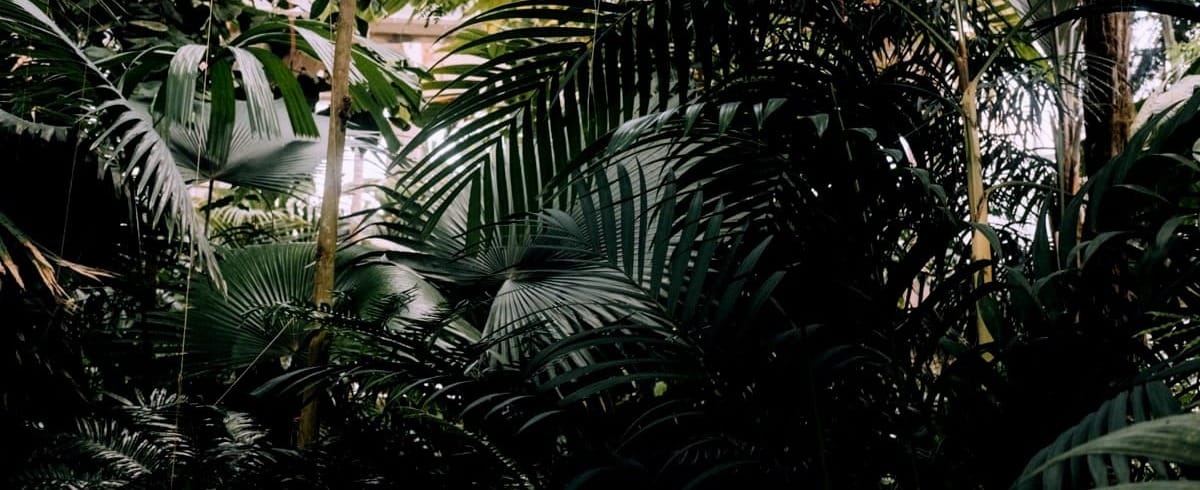
etc.
article links, personal updates, and a plant feature

